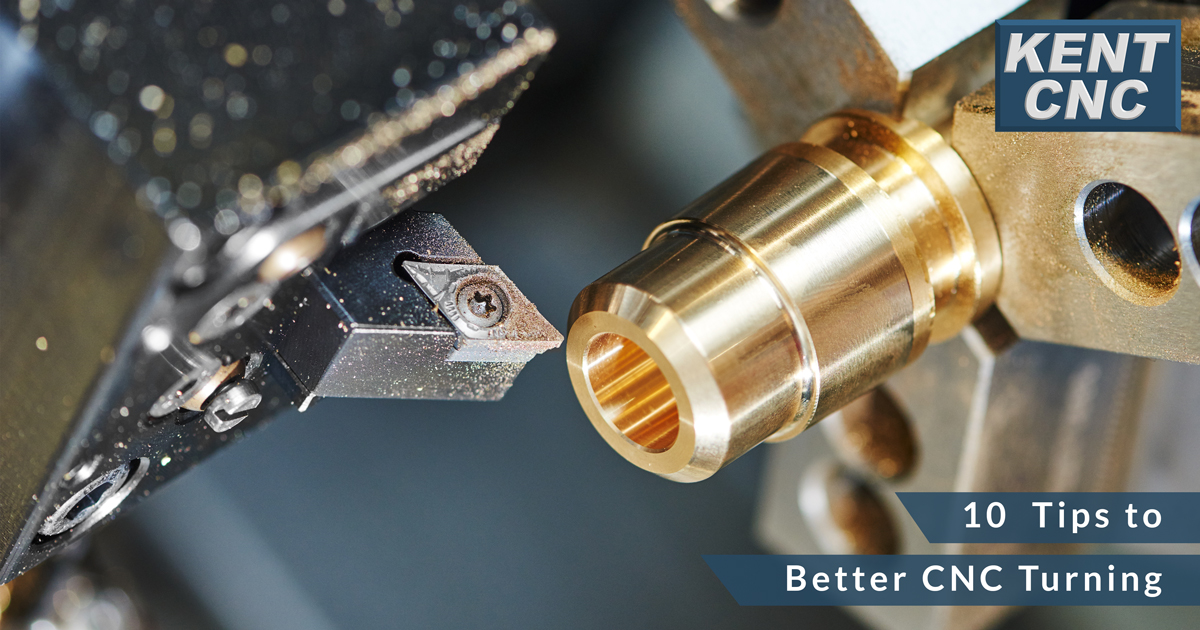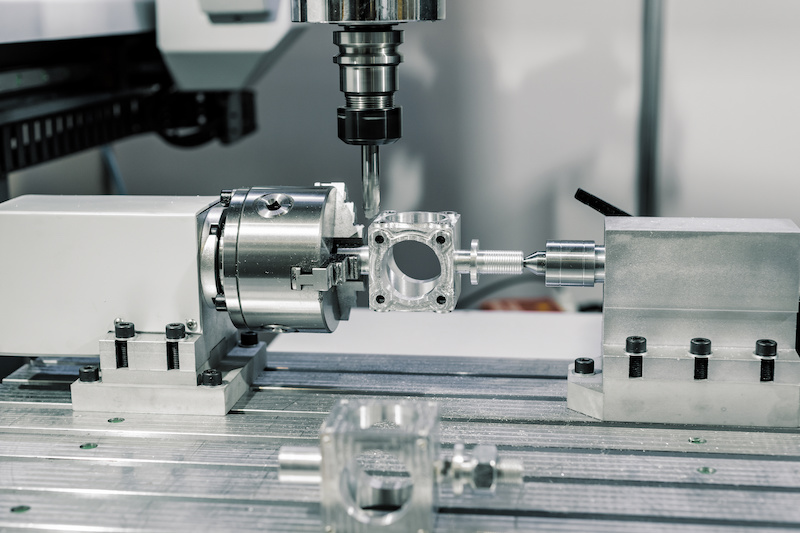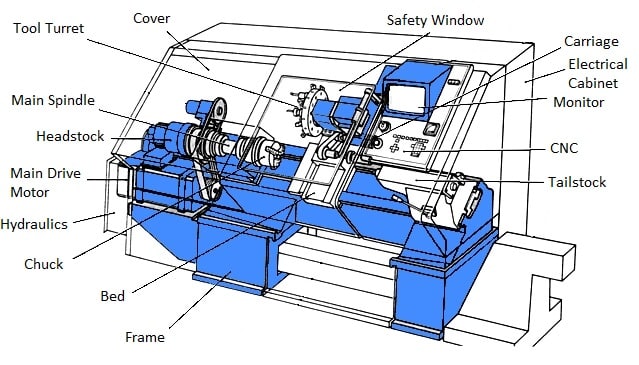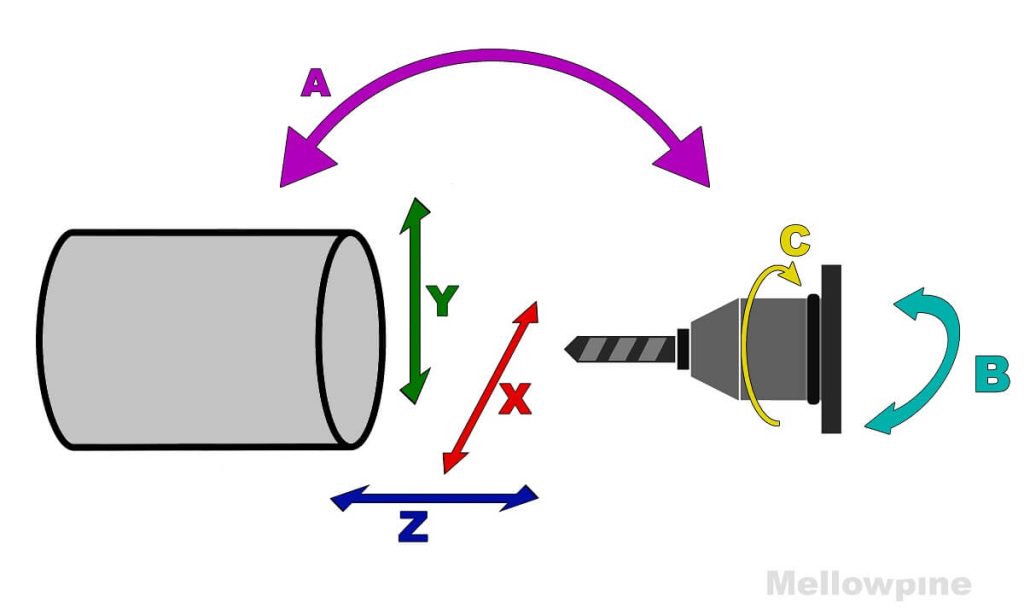Table of Contents
- Frequently Asked Questions
- What is CNC Lathe, and how does it work?
- What are the common types of cutting tools used on CNC Lathe?
- What are the common materials that can be machined on CNC Lathe?
- What are the advantages of using CNC Lathe over conventional Lathe?
- What are the best practices for achieving the best finish on CNC Lathe?
Are you looking for ways to achieve the best finish on your CNC lathe? If so, you’re in the right place. Achieving the perfect finish on your workpiece can be a challenging task, but with the right techniques and tools, you can achieve the desired results.
In this article, we’ll discuss some of the best practices for achieving the best finish on a CNC lathe. From selecting the right cutting tools to optimizing your machine’s settings, we’ll cover everything you need to know to produce a high-quality finish on your workpiece. So, whether you’re a seasoned machinist or just starting out, read on to learn how to take your CNC lathe finishing skills to the next level.
- Use the right cutting tool: A sharp and appropriate cutting tool can make all the difference in achieving a smooth finish.
- Optimize cutting parameters: Experiment with different spindle speeds, feed rates, and depth of cut to find the best combination for the material being machined.
- Check for runout: Excessive runout can cause vibration and affect the finish. Make sure the chuck and workpiece are properly seated and aligned.
- Use coolant: Coolant helps to reduce heat buildup and remove chips, resulting in a better finish. Choose the right coolant for the material being machined.
- Inspect the finished part: Check for any defects or marks that may indicate issues with the cutting tool or machining process.
How to Achieve Best Finish on CNC Lathe?
CNC lathes are one of the most versatile machines in a modern workshop, and they are used to produce precision parts with excellent surface finishes. Achieving the best finish on a CNC lathe requires a combination of factors, including the right cutting tools, the right cutting parameters, and the right machine setup. In this article, we’ll explore some tips and techniques that can help you achieve the best finish on a CNC lathe.
Choose the Right Cutting Tools
Choosing the right cutting tools is critical to achieving the best finish on a CNC lathe. The cutting tools should be made from high-quality materials, and they should be sharp and properly maintained. Carbide inserts are the most commonly used cutting tools for CNC lathes because they offer excellent performance and durability. When selecting cutting tools, consider the material being machined and the desired surface finish.
Additionally, it’s essential to select the right insert geometry, grade, and coating for the job. The insert geometry determines the shape of the cutting edge and affects the chip formation and surface finish. The insert grade affects the tool life and performance, while the coating can improve the wear resistance and reduce friction.
Optimize Cutting Parameters
Once you’ve selected the right cutting tools, it’s time to optimize the cutting parameters. The cutting parameters include the cutting speed, feed rate, and depth of cut. These parameters affect the chip formation, cutting forces, and surface finish. To achieve the best finish, you need to find the right balance between the cutting speed, feed rate, and depth of cut.
Generally, a lower cutting speed, higher feed rate, and shallow depth of cut are preferred for achieving a better surface finish. However, these parameters may vary depending on the material being machined, the cutting tool geometry, and the machine setup. It’s essential to experiment with different cutting parameters to find the optimal combination for your specific job.
Optimize Machine Setup
The machine setup also plays a crucial role in achieving the best finish on a CNC lathe. The machine should be properly leveled, and the workpiece should be securely clamped to prevent vibration and chatter. The cutting tool should be aligned with the workpiece to ensure proper contact and avoid deflection.
Additionally, it’s essential to maintain the machine and cutting tools properly. Regular maintenance and cleaning can help prevent wear and tear, reduce tool deflection, and improve the surface finish. Lubrication and cooling are also critical for maintaining the cutting performance and achieving the desired surface finish.
Use Proper Machining Techniques
Proper machining techniques can also help achieve the best finish on a CNC lathe. The cutting tool should be positioned to take the lightest possible cut to avoid deflection and chatter. The tool should also be moved in a smooth, continuous motion to avoid marks and gouges on the surface.
Moreover, it’s essential to avoid sudden stops and starts, as they can cause tool deflection and vibration. The tool should be retracted slowly, and the cutting speed should be reduced to prevent damage to the workpiece and cutting tool.
Minimize Tool Deflection
Tool deflection is a common problem in CNC lathes, and it can affect the surface finish and dimensional accuracy of the part. To minimize tool deflection, you can use a shorter, more rigid tool holder or reduce the overhang of the cutting tool.
Additionally, you can increase the cutting speed and decrease the depth of cut to reduce the cutting forces and tool deflection. The workpiece should also be properly supported to prevent deflection and vibration.
Control Chip Formation
The chip formation can also affect the surface finish on a CNC lathe. The chip should be formed in a continuous, uniform manner to avoid marks and gouges on the surface. To control the chip formation, you can adjust the cutting parameters, use the right cutting tool geometry, and apply proper lubrication and cooling.
Moreover, you can use chip breakers or chip deflectors to control the chip formation and prevent chip clogging. The chip should be evacuated from the cutting zone quickly and efficiently to avoid damage to the workpiece and cutting tool.
Use Proper Coolant
Coolant is critical for maintaining the cutting performance and achieving the desired surface finish on a CNC lathe. The coolant should be applied properly to the cutting zone to reduce the cutting temperature, lubricate the cutting tool, and flush the chips away.
Moreover, the coolant should be compatible with the material being machined and the cutting tool. Different coolants have different properties, such as viscosity, pH, and foaming tendency, which can affect the cutting performance and surface finish.
Check for Part Runout
Part runout is a common problem in CNC lathes, and it can affect the surface finish and dimensional accuracy of the part. Part runout can be caused by improper machine setup, tool deflection, or workpiece deformation.
To check for part runout, you can use a dial indicator or a laser alignment tool. The workpiece should be rotated slowly, and the indicator should be placed on the surface to check for any deviation from the desired position. If part runout is detected, you can adjust the machine setup, tool holder, or workpiece clamping to correct the problem.
Measure Surface Finish
Measuring the surface finish is essential to ensure that the desired quality is achieved on a CNC lathe. The surface finish can be measured using various techniques, such as profilometers, roughness testers, or optical comparators.
Moreover, the surface finish should be measured at various points on the part to ensure that it meets the desired specifications. If the surface finish is not satisfactory, you can adjust the cutting parameters or machine setup to improve the quality.
Benefits of Achieving Best Finish on CNC Lathe
Achieving the best finish on a CNC lathe can offer several benefits, such as improved part quality, reduced scrap rate, and increased productivity. A better surface finish can enhance the appearance and functionality of the part, while reducing the need for post-processing operations, such as polishing or grinding.
Moreover, a better surface finish can increase the tool life and reduce the risk of tool failure, resulting in less downtime and higher efficiency. By optimizing the cutting parameters and machine setup, you can achieve the best finish on a CNC lathe and enjoy these benefits.
Conclusion
Achieving the best finish on a CNC lathe requires a combination of factors, including the right cutting tools, cutting parameters, machine setup, machining techniques, and coolant. By following these tips and techniques, you can achieve the desired surface finish and enjoy the benefits of improved part quality, reduced scrap rate, and increased productivity. Remember to experiment with different cutting parameters and machine setups to find the optimal combination for your specific job.
Frequently Asked Questions
What is CNC Lathe, and how does it work?
CNC Lathe is a type of computer-controlled machine tool that is used for shaping and cutting different materials. It works by holding the workpiece in place and rotating it while a cutting tool removes material from it. The machine’s operations are programmed using a computer, which controls the movement of the cutting tool.
To achieve the best finish on CNC Lathe, you need to consider various factors such as the cutting speed, feed rate, cutting depth, tool geometry, and material properties. These parameters should be optimized to ensure that the cutting tool removes the right amount of material without causing damage to the workpiece or the machine.
What are the common types of cutting tools used on CNC Lathe?
The common types of cutting tools used on CNC Lathe include turning tools, boring tools, threading tools, and parting tools. Turning tools are used for removing material from the workpiece’s outer surface, while boring tools are used for enlarging existing holes. Threading tools are used for cutting screw threads on the workpiece’s surface, while parting tools are used for cutting off the workpiece from the main stock.
To achieve the best finish on CNC Lathe, you need to select the right cutting tool for your application. The tool geometry, material, and coating should be optimized to ensure that it can withstand the cutting forces and temperature generated during the machining process.
What are the common materials that can be machined on CNC Lathe?
The common materials that can be machined on CNC Lathe include metals such as steel, aluminum, brass, and copper; plastics such as PVC, nylon, and acrylic; and wood. Each material has its unique properties that affect the machining process’s performance and the finished product’s quality.
To achieve the best finish on CNC Lathe, you need to understand the material properties and select the right cutting parameters and tooling. For example, soft materials such as wood and plastics require lower cutting speeds and feeds than hard materials such as steel and aluminum.
What are the advantages of using CNC Lathe over conventional Lathe?
The advantages of using CNC Lathe over conventional Lathe include higher accuracy, repeatability, and productivity. CNC Lathe machines can perform complex machining operations with minimal human intervention, resulting in consistent quality and reduced cycle times. They can also store and recall multiple machining programs, enabling the production of a variety of parts without the need for manual retooling.
To achieve the best finish on CNC Lathe, you need to ensure that the machine is properly programmed and maintained. Regular maintenance of the cutting tool, coolant system, and machine components can help prevent premature wear and damage that can affect the machining process’s performance and the finished product’s quality.
What are the best practices for achieving the best finish on CNC Lathe?
The best practices for achieving the best finish on CNC Lathe include selecting the right cutting parameters and tooling, maintaining proper coolant flow and temperature, and implementing proper tool and workpiece alignment. You should also monitor the machining process for any signs of tool wear, machine vibration, or other issues that can affect the machining performance and finished product’s quality.
To achieve the best finish on CNC Lathe, you need to adopt a systematic approach to machining that involves identifying the machining requirements, selecting the appropriate cutting parameters and tooling, and monitoring the machining process’s performance. By following these best practices, you can ensure that your CNC Lathe machine produces high-quality parts consistently and efficiently.
In conclusion, achieving the best finish on a CNC lathe requires attention to detail and a commitment to quality. By following these tips and techniques, you can improve the quality of your finished products and enhance your reputation as a skilled machinist.
First and foremost, it is essential to choose the right cutting tools for the job. High-quality carbide inserts and cutting tools will provide a smoother finish and reduce the risk of tool wear and breakage.
Secondly, it is important to set the correct spindle speed and feed rate for the material being machined. This will help to ensure that the tool engages the material at the correct angle and produces a clean and precise cut.
Finally, regular maintenance and cleaning of the CNC lathe will help to keep it in optimal condition and ensure that it continues to produce high-quality finishes. By following these simple steps, you can achieve the best finish on a CNC lathe and take your machining skills to the next level.
Request a quote today!
[contact-form-7 id="1578" title="Contact form"]
Please compress the file into a ZIP or RAR file before uploading. Alternatively, send through your RFQ by email.
enquires@unitymanufacture.com





